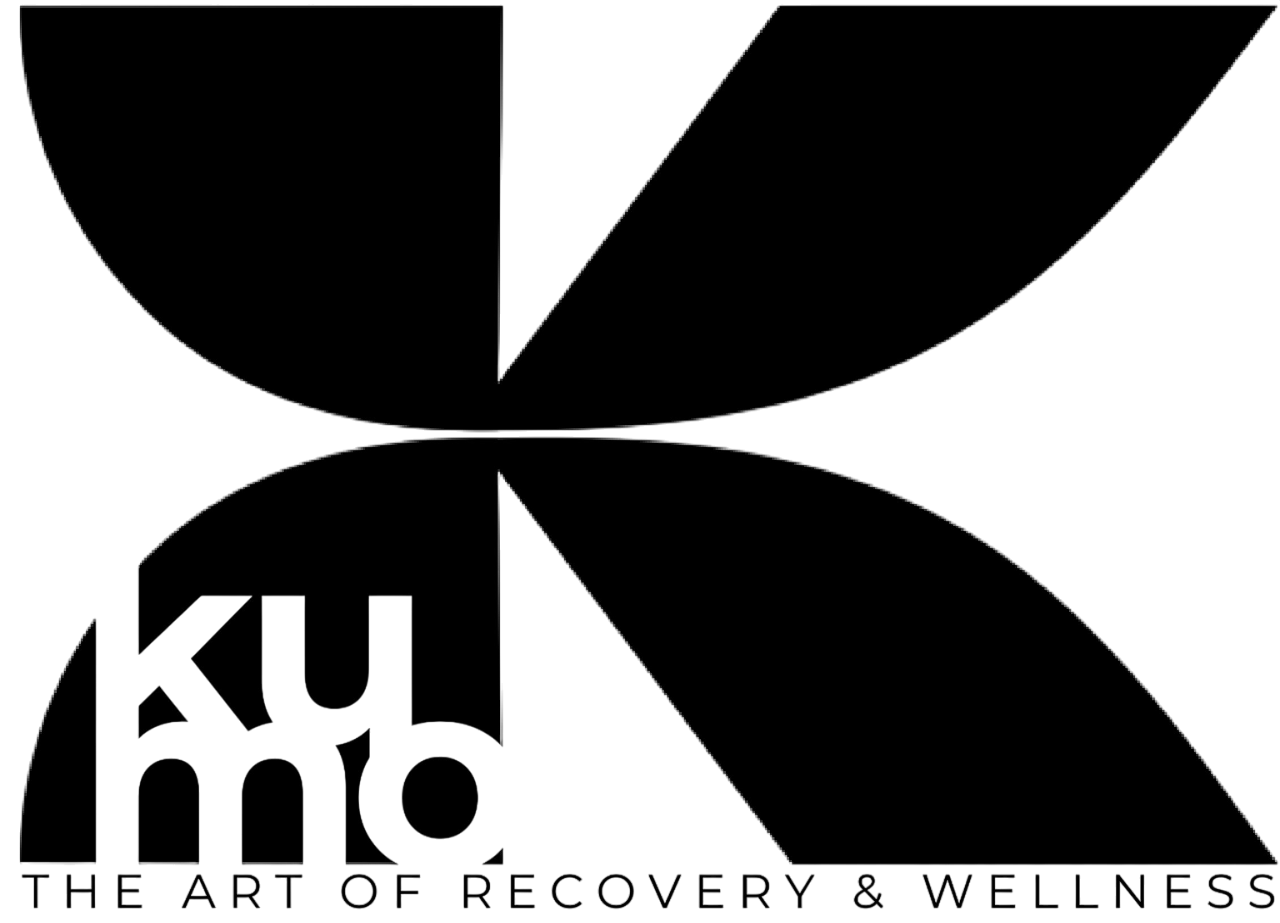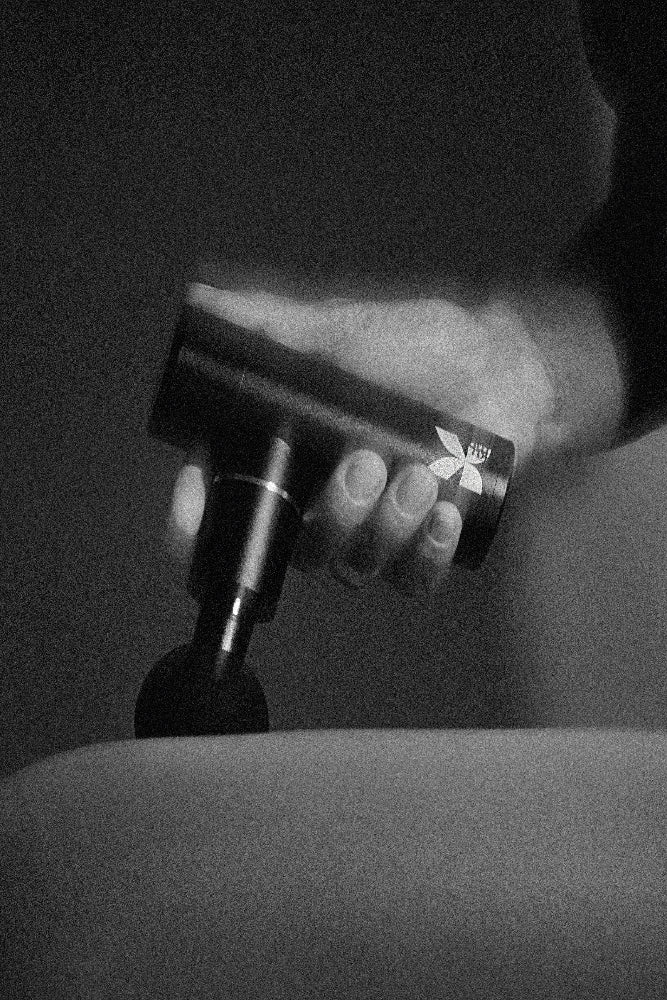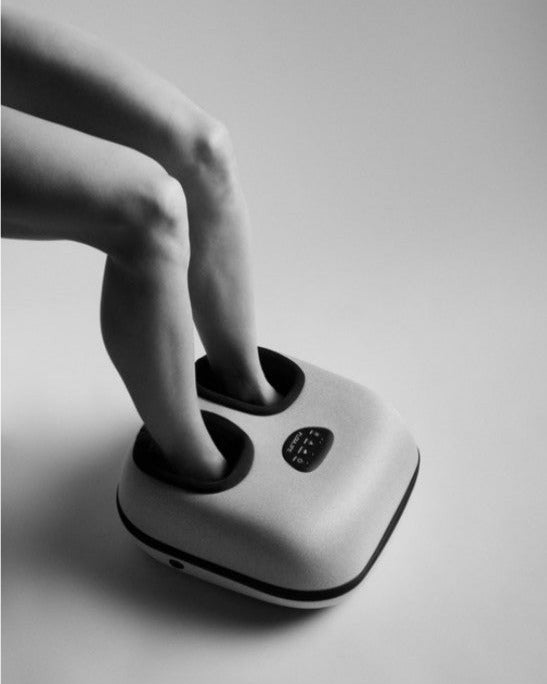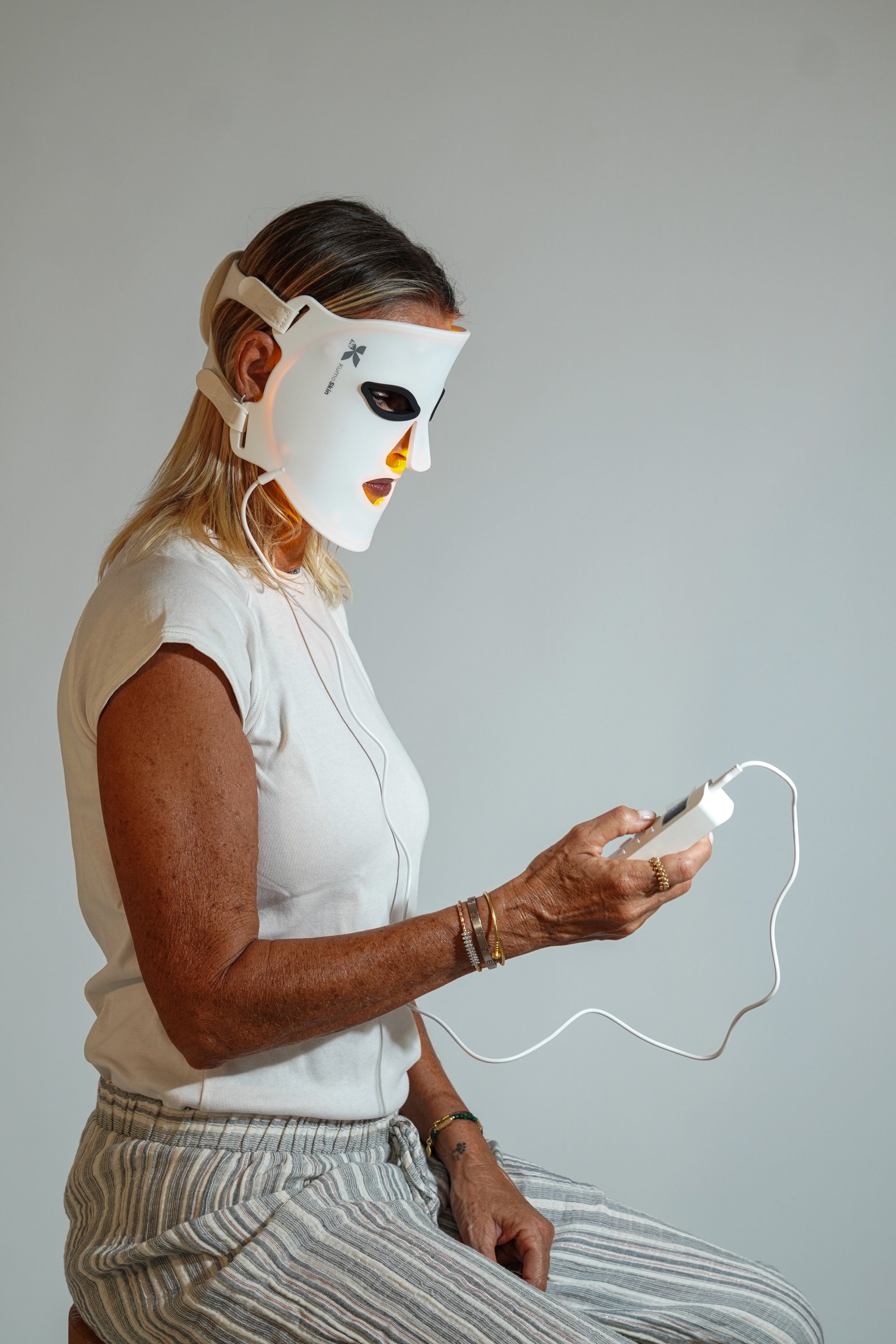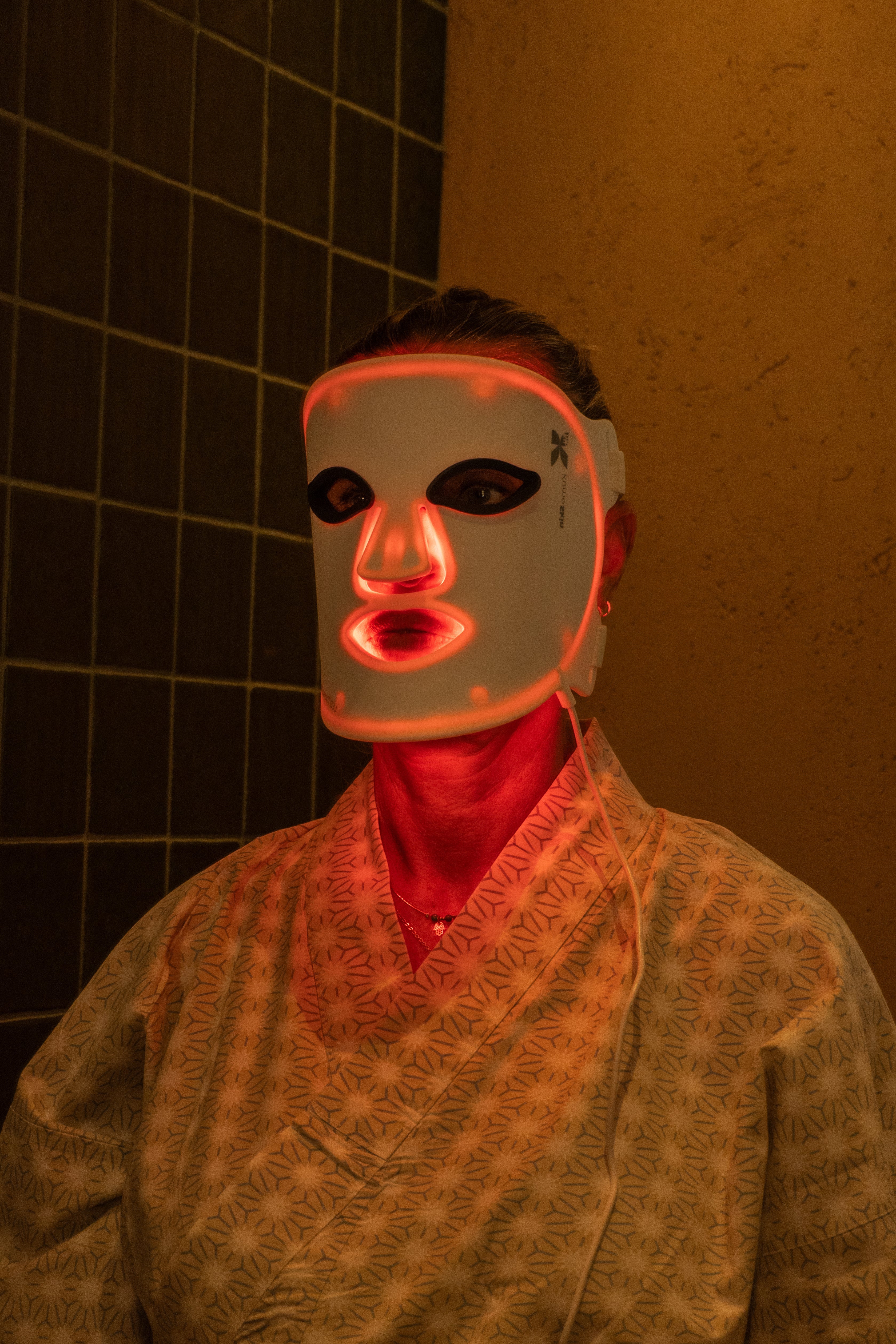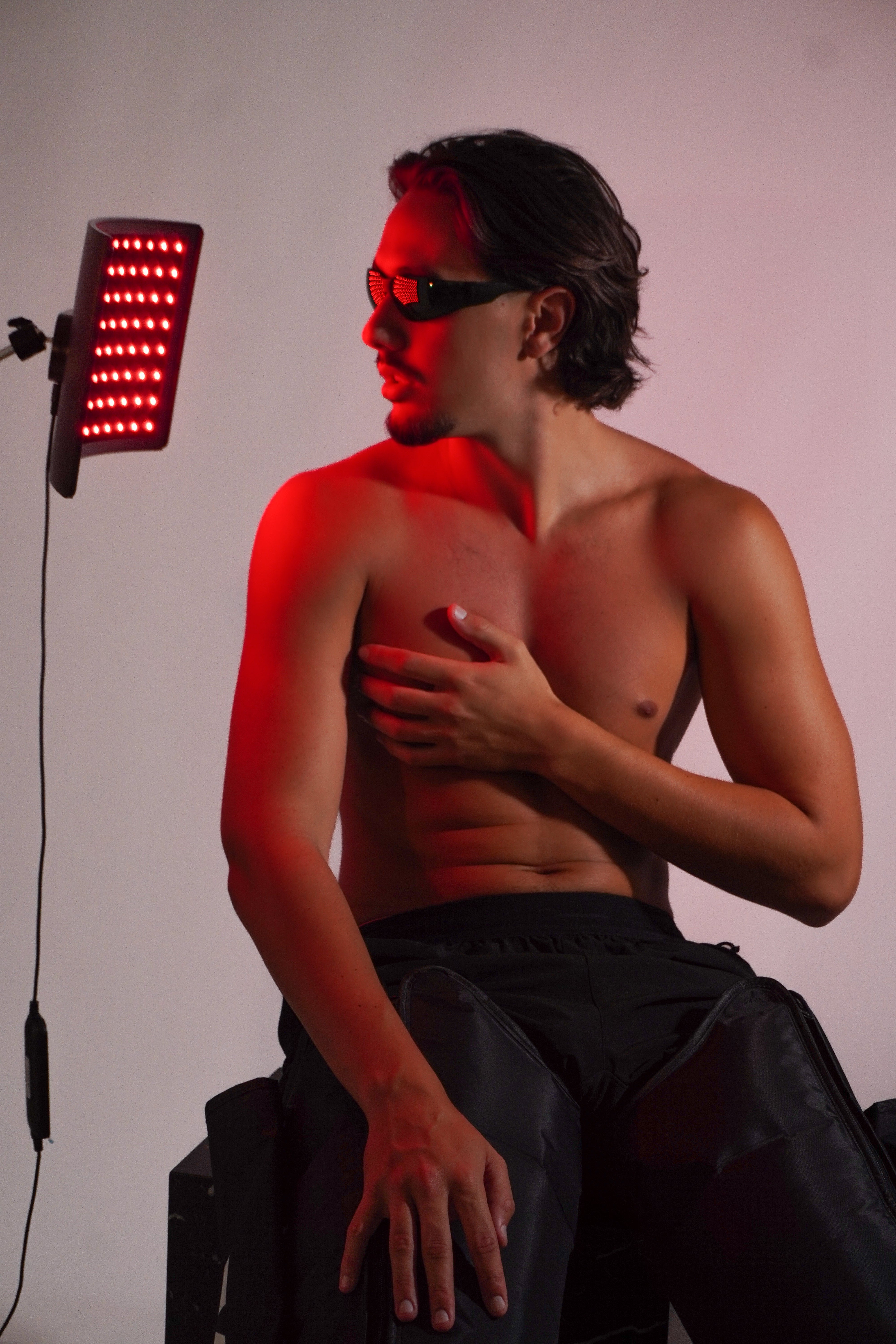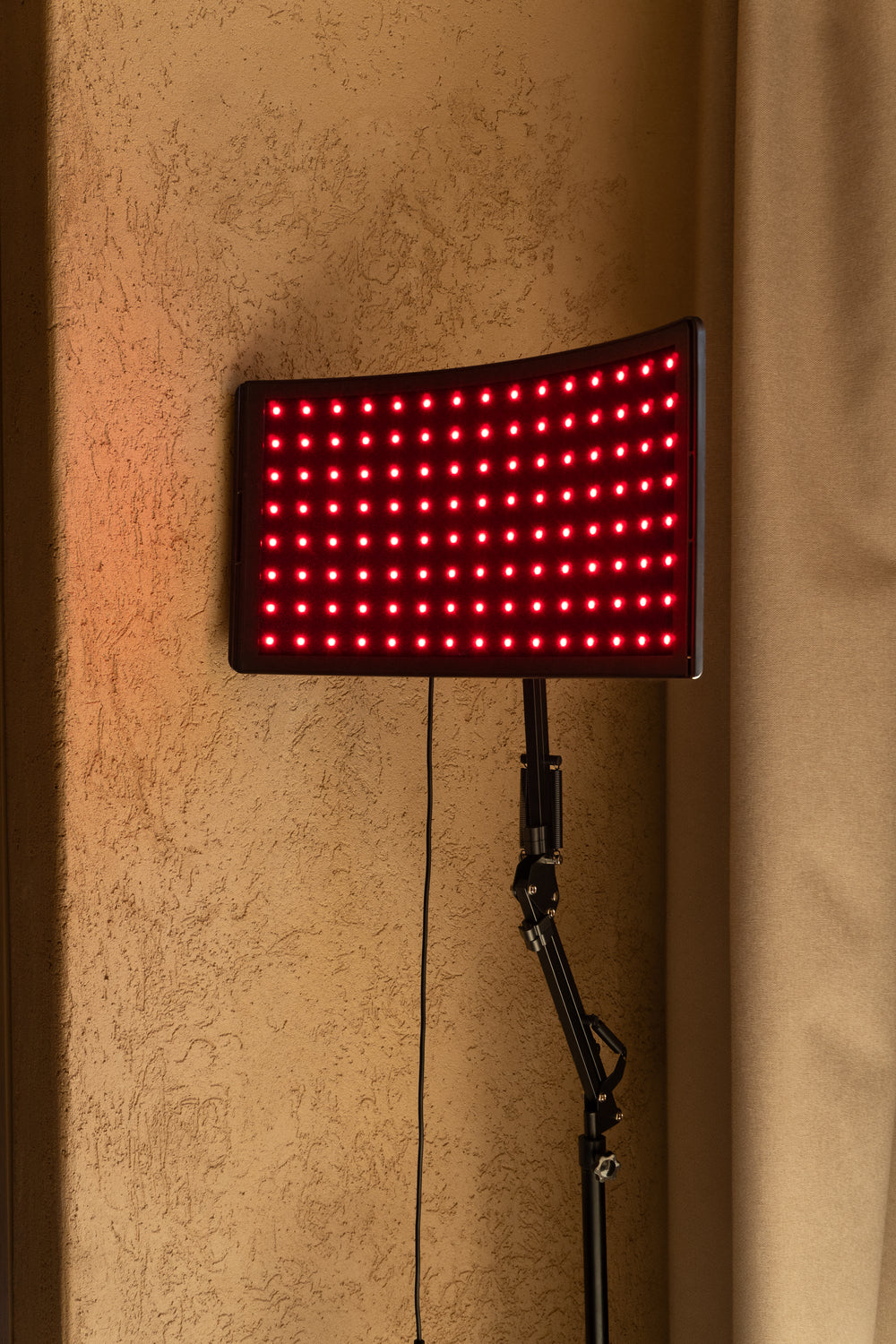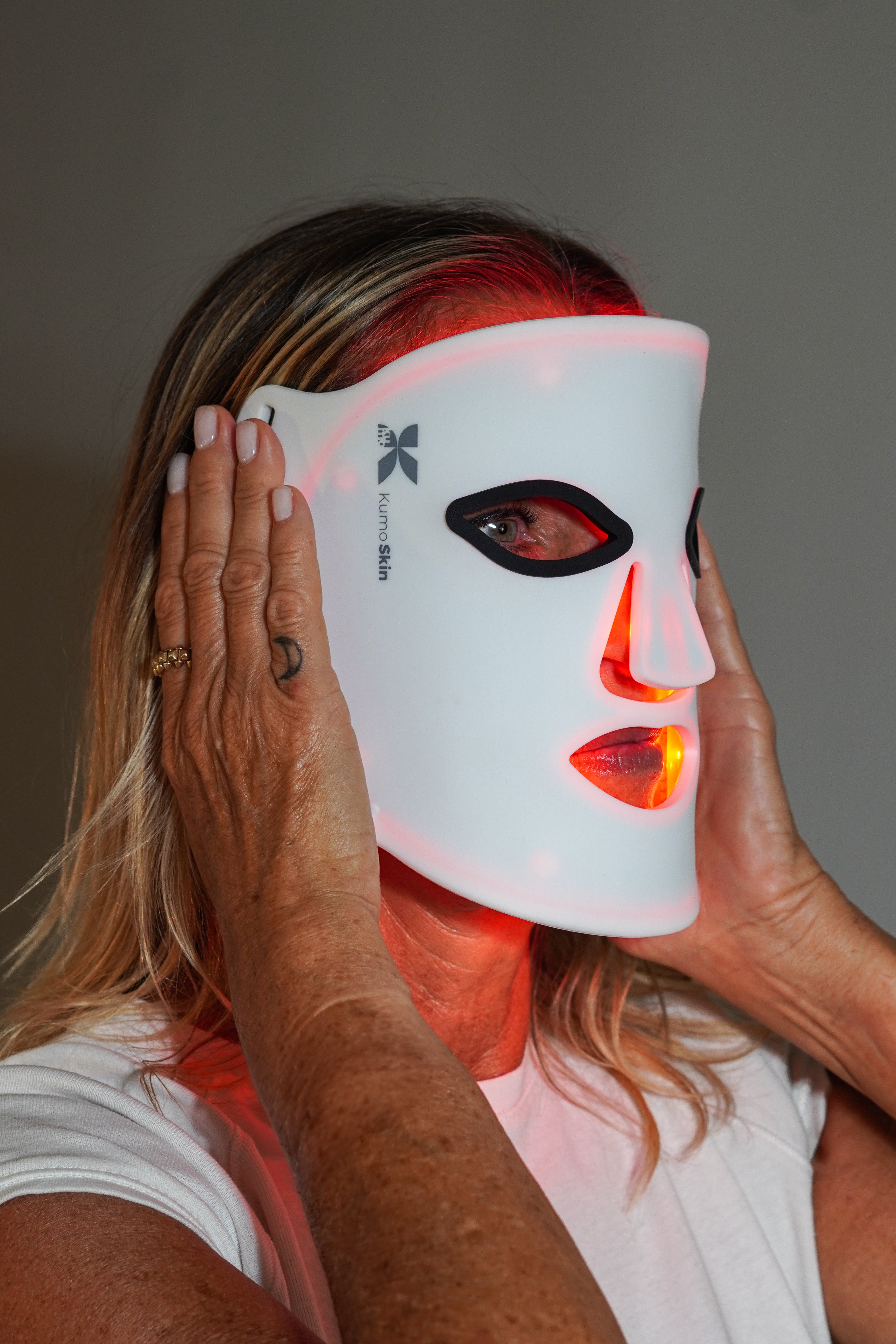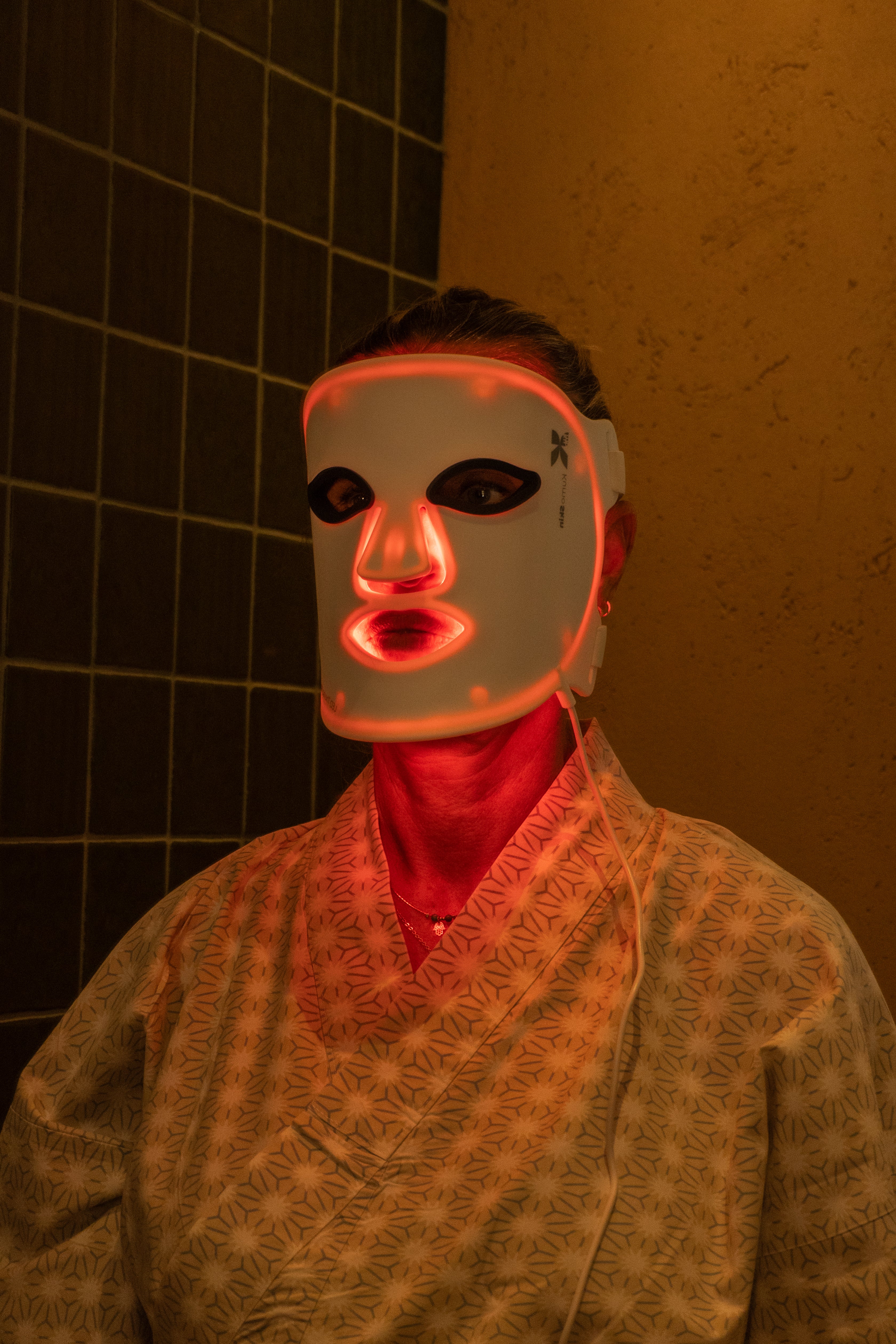LED Facial Mask: A clear, step-by-step guide to using it and getting real results. If you're looking for how to get the most out of an LED light mask at home, here you'll find a simple protocol, light modes based on your goals, exact timing, and safety tips to see visible results without wasting time.
Coming soon
- Cleanse, dry, and apply a compatible serum; adjust the light mode to your target (acne, wrinkles, spots).
- 10–20 minutes per session, 3–5 times/week for 6–8 weeks; then maintenance.
- Red and near-infrared for firmness and wrinkles; blue for acne; amber for tone and radiance.
- Consistency and daily photoprotection = more stable results.
- Avoid if you are taking photosensitizing drugs or have photosensitivity; consult if you have any questions.
Quick usage table
| Aim | Light mode | Typical wavelength | Time/week | Keynote |
|---|---|---|---|---|
| Anti-aging/firming | Red + Near Infrared | 630–660 nm + 810–850 nm | 4–5 sessions of 10–20 min | Complement with cream with peptides |
| Inflammatory acne | Blue + Red | 415–450 nm + 630–660 nm | 3–4 sessions of 10–15 min | Avoid exfoliants on the same day |
| Stains/tone | Amber/Yellow + Red | 580–590 nm + 630–660 nm | 3–4 sessions of 10–15 min | Always SPF 50 daily |
| Post-workout recovery | Red + NIR | 630–660 nm + 810–850 nm | 3–5 sessions of 10–20 min | Useful for reducing facial tension |
Step by step: how to use your LED facial mask
1) Prepare the skin
- Remove makeup and cleanse with a gentle gel. Dry completely.
- Optional: Apply a non-photosensitizing aqueous serum (e.g., hyaluronic acid). Avoid retinoids, AHAs/BHAs, and oils immediately beforehand.
2) Set up your device
- Choose the program based on your goals: red/NIR for anti-aging; blue for acne; amber for radiance.
- Set the intensity to medium if you're a beginner. Position the mask at the distance indicated by the manufacturer, or close to your face if it's a contact mask.
3) During the session
- Relax for 10–20 minutes. Breathe normally and avoid staring at the LEDs; wear eye protection if provided.
- If your device allows it, alternate programs (e.g., 10 min blue + 10 min red for combination acne).
4) After the session
- Apply your usual moisturizer.
- During the day, finish with broad-spectrum SPF 50 sunscreen.
5) Weekly routine
- Repeat 3–5 times per week for 6–8 weeks. Then, maintain 2–3 times/week to sustain results.
Tip: Set reminders on your phone and link the session to an existing habit (e.g., after your nighttime shower). Sticking to it makes all the difference.
To discover equipment and software options, explore the collection of LED light therapy by KUMO.
Which light mode to choose and when
Anti-aging: firmness, fine lines and texture
- Red (630–660 nm) and near-infrared (810–850 nm) stimulate fibroblasts and support collagen and ATP synthesis.
- Use it for 15–20 minutes, 4–5 days/week. Supplement with peptides and niacinamide at night.
Acne and blemishes
- Blue (415–450 nm) reduces P. acnes; combined with red it mitigates inflammation.
- 10–15 min, 3–4 days/week. Avoid combining the treatment with potent retinoids or exfoliants on the same day.
Stains and dull tone
- Amber/yellow (580–590 nm) can support tone uniformity and glow.
- 10–15 min, 3–4 days/week + daily sunscreen.
Jaw tension and facial recovery
- Red + NIR promote relaxation and comfort after exertion or mild bruxism.
- Combine it with nasal breathing and self-massage.
See the evidence base and clinical recommendations on LED therapy from the American Academy of Dermatology and the Cleveland Clinic.
Frequency, timing, and realistic expectations
- Results window: Many people report improvements in texture and radiance starting after 4–6 weeks of consistent use. Sustained results require maintenance.
- Dosage: At home, 10–20 minutes per session is the most common range. Longer time does not always equate to better effects due to the dose-response curve of photobiomodulation.
- Maintenance: After the initial cycle, 2–3 weekly sessions typically sustain benefits.
- Personal metrics: Use photos with the same lighting every two weeks and a habit journal (sleep, stress). This helps you fine-tune your plan.
A mechanistic view of photobiomodulation and its anti-inflammatory action is well described in recent scientific literature (e.g., Hamblin, 2018) available at PubMed .
Pro tips and common mistakes
- Keep it simple: Pair the session with your nighttime routine so you don't forget.
- Smart layer: Watery serums first; strong actives (retinol, AHA/BHA) every other night, not just before light.
- Protect your eyes: If you are photosensitive, use sunscreen or lower the intensity.
- Hygiene: Clean the mask after each use with a slightly damp microfiber towel and 70% isopropyl alcohol. Do not submerge the device.
Mistakes to avoid:
- Skipping sunscreen after spot treatment programs.
- Use exfoliants just before blue light (may irritate).
- Increase intensity through impatience: prioritize consistency over power.
Safety and contraindications
LED skin care therapy is considered noninvasive and generally safe when used as directed. However:
- Avoid use if you are taking photosensitizing drugs (some antibiotics, recent isotretinoin), have photosensitivity disorders, light-triggered migraines, photosensitive epilepsy, or specific eye conditions.
- Do not use on open wounds, undiagnosed suspicious lesions, or sunburns.
- If you are pregnant or breastfeeding, consult your healthcare professional before starting out of caution.
- If irritation persists, reduce frequency or discontinue and consult.
Expand these precautions at medical resources like the Cleveland Clinic.
Complementary routine and comprehensive recovery
For overall results and a sense of well-being:
- Skin: Combine red light with a minimalist routine (gentle cleansing, ceramide moisturizer, SPF 50).
- Rest and relax: Alternate your nighttime facial sessions with red light therapy for the body and recovery tools. Discover the line of pressotherapy for tired legs and the massage gun KUMOPULSE Air to release tension.
- KUMO Ecosystem: learn how to integrate everything into your daily life with the proposal of KUMO , where technology and aesthetics meet to optimize your recovery.
If you need advice on which device suits you, write to us from the page contact .
FAQ
How often should you use an LED facial mask to see results?
Most manufacturers and clinics recommend 3–5 sessions per week for 6–8 weeks for an initial cycle. Each session lasts 10–20 minutes depending on the mode and power of the device. Then, progress to maintenance with 2–3 sessions per week. Consistency is key: try not to skip more than 2–3 consecutive days. Take biweekly photos with the same lighting to notice subtle changes in texture, shine, and tone evenness.
Can I use blue light if I have active acne?
Yes, blue light (415–450 nm) can help reduce bacteria involved in acne and inflammation. For inflammatory breakouts, combining blue with red is common. Start with 10–12 minutes, 3–4 times per week. Avoid applying retinoids or harsh exfoliants just before your session to avoid exacerbating irritation. If you are taking acne medication (such as isotretinoin) or have severe acne, consult your dermatologist first.
What serums can be used before or after the LED mask?
Before: Simple, water-based products like hyaluronic acid or peptides that aren't photosensitizing. After: Moisturizer with ceramides and, in the morning, SPF 50 sunscreen. Avoid retinoids, AHA/BHA, or pure vitamin C right before sun exposure if your skin is reactive; you can use them every other night. If you use niacinamide, it's usually well tolerated in combination with red light.
Is it safe during pregnancy or breastfeeding?
LED therapy is considered noninvasive and generally low-risk. However, out of an abundance of caution and a lack of conclusive trials at this stage, it's advisable to consult with your healthcare professional before starting. If you do receive light, maintain moderate intensities, limit the duration to 10–15 minutes, and avoid using it on areas with undetected skin changes. Discontinue if you experience any discomfort.
How to clean and maintain the mask?
After each use, unplug it and let it cool. Wipe the interior and exterior surfaces with a microfiber cloth soaked in 70% isopropyl alcohol. Avoid direct water, harsh soaps, and scented wipes. Check cables and connectors weekly. Store the device in a dry place, away from heat and direct sunlight. Keeping it clean reduces irritation and extends its lifespan.
To take into account
- Start with medium intensity and increase only if your skin tolerates it well.
- Adjust the light mode to suit your needs: red/NIR for anti-aging; blue for acne; amber for brightening.
- Be consistent: 3–5 times per week for 6–8 weeks is the household standard.
- Don't forget SPF daily, especially in spot treatment protocols.
- Integrate therapy into a comprehensive recovery routine with solutions from LED light therapy by KUMO.
Ready to take the next step? Explore how KUMO can elevate your wellness routine. KUMO or write to us from contact for a quick and personalized recommendation.
